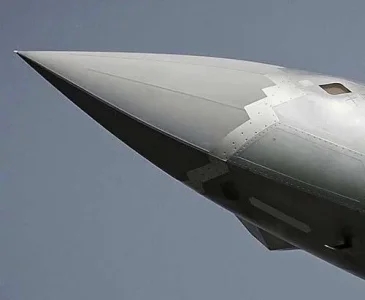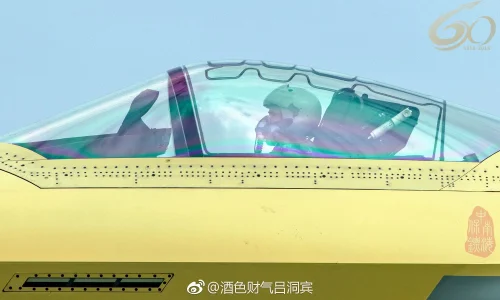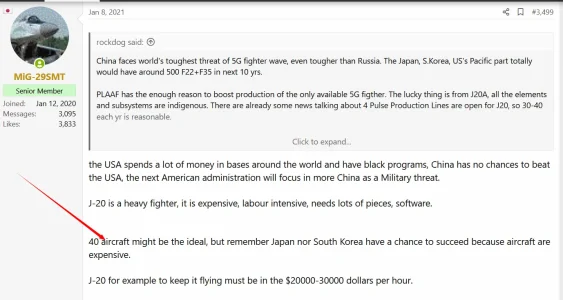Chengdu factory already stop production of J10, and handover the production line to Guizhou factory for export only. J10 in PLAAF would just stop as 400 something, and J20 already around 70 per yr as production rate.
Shenyang factory will be full speed on J35 and J16 production.
Mighty Dragon - China's expanding fleet of next gen J-20s
Over 11 months, from July 2023 to May 2024, the PLAAF inducted more than 70 J-20s according to Janes assessments made using satellite imagery.
The PLAAF itself has said that it began inducting steady numbers of the aircraft from September 2022. Initial production of the type was used to replace second and third generation, and obsolete, I might add, J-11s and Sukhoi SU-27-SK/UKBs. Janes assesses that the service is currently operating approximately 195 J-20s. This map shows all 12 known PLAAF air brigades currently equipped with the J-20 and operational in China. Several units also operate older fourth- and third-generation aircraft. As you can see on the map, these are likely to be retired in favour of additional J-20s going forward.
According to Janes Satellite Imagery Analysis up to July of 2023, the PLAAF operated at least eight air brigades with varied numbers of J-20s, including two training units, the 172nd and 176th Air Brigades. Of course, of the eight, one brigade was wholly equipped with the type. As of May 2024 however, the total number of air brigades operating J-20s rose to 12 air brigades that we currently know about, out of which three air brigades are wholly equipped with the type. This again reflects the PLAAF's plan to eventually replace its older aircraft with either the J-20 or the multirole Shenyang J-16, which is a 4. 5-generation aircraft. These are the four air brigades recently equipped with J-20s.
Their deployment location shows where China is seeking to strengthen fifth-generation air power. For example, take Southern Theater Command which exercises power over the South China Sea. This theatre command operated just one air brigade with J-20s up to 2023. However, Janes Satellite Imagery Analysis assesses that the PLAAF's fourth air brigade, located at Foshan near China's South Coast, could also be converting to J-20s. The J-20s appear to have replaced the brigade's erstwhile contingent of Russian origin Sukhoi 27s. A second air brigade and its theatre command, possibly the 54th Air Brigade, could also be inducting J-20s. Janes has identified several serial numbers on J-20s associated with this air brigade.
Meanwhile, the remit of the PLA's Eastern Theater Command, or ETC, covers Southeastern China, including the financial hub of Shanghai, the East China Sea, and the Taiwan Strait. Now, this theatre command regularly conducts aerial operations around Taiwan and projects air power towards the Western Pacific and Japan. In 2023 a unit in Eastern Theater Command, the 41st Air Brigade, began receiving J-20s. At least six J-20s were observed in satellite imagery dated November 2023. The new J-20s could replace the older Shenyang J-11As and J-11BS aircraft operated by this brigade. The unit could also potentially add some Shenyang J-16 multirole combat aircraft. Eastern Theater Command already operated two brigades of J-20s up to 2023, including the 8th Air Brigade and the 9th Air Brigade, which is the PLAAF's oldest J-20 operator. According to state-owned media, the 9th Air Brigade inducted its first J-20 in 2019. The influx of additional J- 20s into Eastern Theatre Command appears to be encouraging the PLAAF to operate the type more frequently. Chinese state-owned media again says that J-20s in Eastern Theatre Command conducted drills around Taiwan in May 2024 during the PLA's Exercise 'Joint Sword 2024'. Meanwhile, on China's western areas in Western Theater Command, this force had just one air brigade with J-20s up to 2023. However, a second air brigade, the 97th Air Brigade, is now inducting J-20s. China is expected to add additional improvements to the J-20 going forward. The programme is also expected to benefit future Chinese stealth aircraft projects such as the J-31 and J-35, which are expected to enter service with the PLA Navy.
If China succeeds in maturing the WS-15 engine and improving the thrust-to-weight ratio of its WS-10 series of engines, it will eliminate its dependence on Russian engines for domestically developed combat aircraft. This will almost certainly allow Chengdu to produce greater numbers of the J-20 for the PLAAF. This has implications for the balance of military power in the region. However, greater production of the J-20 is also possibly limited by cost. The unit price of the J-20 is approximately USD110 million. However, China's growing defence budget is expected to support additional procurement of this aircraft. The chart that has just appeared shows China's proposed and total defence budget for 2024, amounting to USD232 billion, according to official state media. This figure includes both the official budget announced by Beijing and elements non-declared.
The new expenditure represents a nominal year-on-year increase of 7.2%, the same rate of growth announced in 2023. China's continued induction of J-20s could also lead to the United States and its allies to deploy larger forces of US F-35s in the region. The J-20 could also drive regional countries such as Japan, South Korea, and India to hasten their fifth- and sixth-generation fighter aircraft projects.
The Chinese People's Liberation Army Air Force (PLAAF) has equipped additional combat units with the Chengdu J-20 'Mighty Dragon' fifth-generation stealth fighter.

www.janes.com

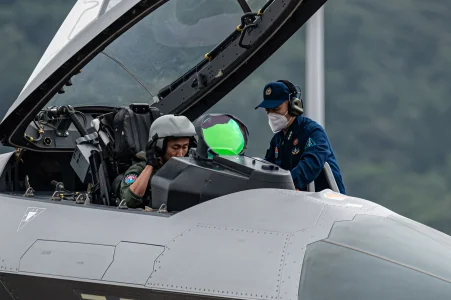


militarywatchmagazine.com

 www.globaldefensecorp.com
www.globaldefensecorp.com

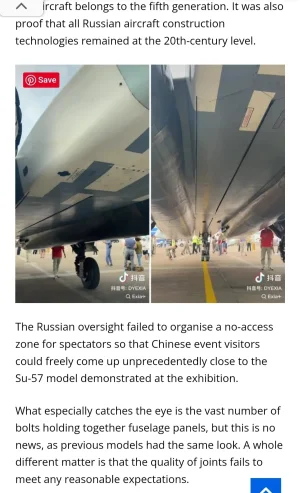
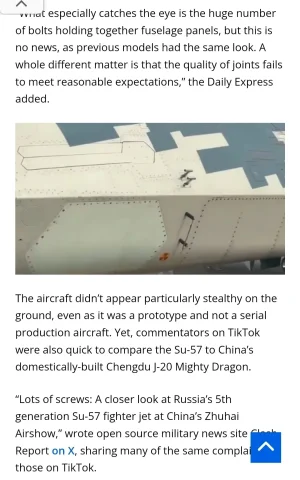

militarywatchmagazine.com
